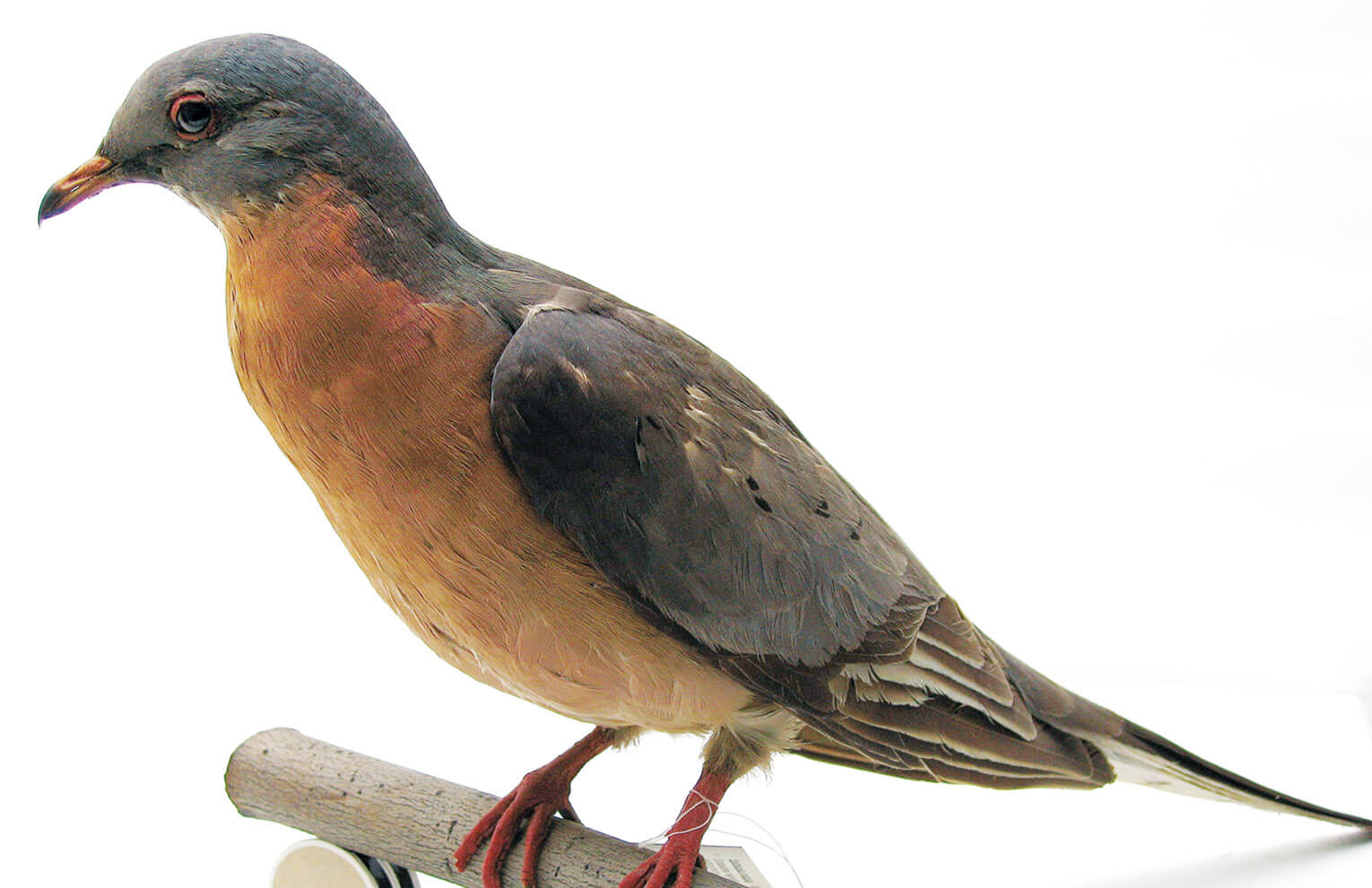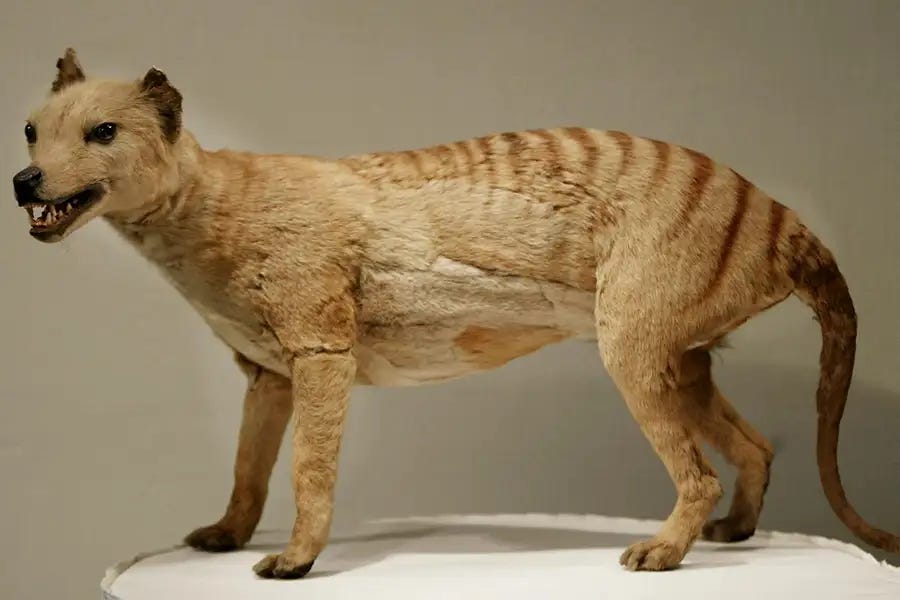Introduction
In a groundbreaking development, Colossal Biosciences, the leading genetic engineering company focused on de-extinction, has raised $200 million in its latest funding round, bringing its valuation to a staggering $1.2 billion. The ambitious company aims to use cutting-edge genetic engineering technologies to bring back the woolly mammoth, a species that went extinct thousands of years ago. This development has sparked global interest, raising both excitement and ethical questions about the implications of resurrecting extinct species.
Technology Behind De-Extinction
At the core of Colossal Biosciences’ efforts lies CRISPR gene-editing technology, which allows scientists to precisely alter the DNA of living organisms. By utilizing genomic sequencing and synthetic biology, researchers are working to modify the DNA of the modern Asian elephant, which shares a close genetic lineage with the woolly mammoth. The process involves:
- DNA Extraction:
Analyzing preserved mammoth DNA from frozen remains. - Genome Editing:
Using CRISPR to insert mammoth-specific traits, such as thick fur and cold resistance, into elephant DNA. - Embryo Development:
Developing hybrid embryos in artificial wombs or elephant surrogates.
Possibility of Bringing Back
Woolly Mammoth
While the idea of reviving the woolly mammoth once seemed like science fiction, Colossal Biosciences has made significant strides toward making it a reality. The potential applications of this project include:
1.Ecological Restoration:
Reintroducing mammoths to the Arctic tundra could help combat climate change by reducing permafrost thawing and maintaining grasslands.
2.Biodiversity Enhancement:
Bringing back lost species could contribute to the balance of ecosystems affected by their absence.
3.Scientific Advancements:
The project could pave the way for advancements in genetic engineering, benefiting conservation efforts for endangered species.
Challenges and Ethical Concerns
Despite the excitement, the de-extinction of the woolly mammoth presents numerous challenges, including:
- Ethical Dilemmas:
Should humanity intervene in natural extinction processes? - Ecosystem Impact:
How will reintroduced species affect current ecosystems and native wildlife? - Technological Barriers:
Achieving a viable mammoth population requires overcoming significant hurdles in gene editing, gestation, and adaptation.
Investor Interest and Future Plans
Colossal Biosciences has attracted funding from prominent investors, including Silicon Valley tech moguls, biotech venture capitalists, and even government grants. The company’s future plans include:
- Scaling up genetic research to accelerate the development timeline.
- Collaborating with conservation organizations to ensure ethical reintroduction strategies.
- Exploring commercial opportunities in biotechnology and conservation technology.
Environmental Impact of Reintroducing Mammoths
If successful, the reintroduction of woolly mammoths could have significant environmental benefits, such as:
Reducing Greenhouse Gases:
Mammoths could help slow the release of carbon dioxide and methane by preventing permafrost from melting.
Restoring Grasslands:
Their grazing habits could encourage the growth of grasslands, which have a cooling effect on the environment.
Preventing Overgrowth:
Mammoths could help manage vegetation levels and prevent overgrowth of unwanted plant species.
The Role of Artificial Wombs
One of the most challenging aspects of the project is embryo development. Colossal Biosciences is exploring the use of artificial womb technology to:
- Avoid the ethical complications of using elephant surrogates.
- Increase the chances of successful births by closely monitoring the gestation environment.
- Scale up the process to allow for the production of multiple mammoth calves.
Public Perception and
Media Coverage
The idea of bringing back extinct species has captured public imagination, with media outlets covering the project extensively. Some perspectives include:
- Optimism:
Many see this as a revolutionary step for science and environmental conservation. - Skepticism:
Critics question whether resources should be directed toward saving existing endangered species instead. - Pop Culture Influence:
The concept has been popularized by movies and books, raising awareness but also misconceptions about the science involved.
Comparisons to
Other De-Extinction Efforts
Colossal Biosciences is not the only organization exploring de-extinction. Other projects include:
- The Passenger Pigeon Project:
Aimed at reviving the extinct bird species through genetic engineering.
- Tasmanian Tiger Revival:
Efforts are being made to bring back this recently extinct species.
- Reviving the Dodo:
Scientists are analyzing preserved DNA to understand the feasibility of bringing back the iconic bird.
Financial and Commercial Aspects
With a $1.2 billion valuation, Colossal Biosciences has strong financial backing. Potential commercial applications include:
- Biotechnology Advancments:
Licensing genetic engineering techniques to other sectors. - Educational Opportunities:
Partnering with museums and educational institutions. - Eco-Tourism:
Creating controlled environments where people can observe the revived species.
Looking to the Future
The journey to bring back the woolly mammoth is filled with possibilities and challenges. Future goals include:
- Expanding research to improve genetic accuracy and success rates.
- Establishing dedicated reserves for reintroduced species.
- Collaborating with governments to create policies around de-extinction ethics and wildlife management.
Conclusion
Colossal Biosciences’ ambitious mission to resurrect the woolly mammoth represents a monumental leap in genetic engineering and conservation science. With a growing valuation and increasing investor confidence, the company is on track to potentially achieve what was once considered impossible. However, as with any groundbreaking innovation, careful consideration of ethical, ecological, and technological factors remains crucial in determining the success of this unprecedented endeavor.
(Click notification ![]() for more updates)
for more updates)
Artical was written by V.Harishram
''Stay true, bring facts to you''




